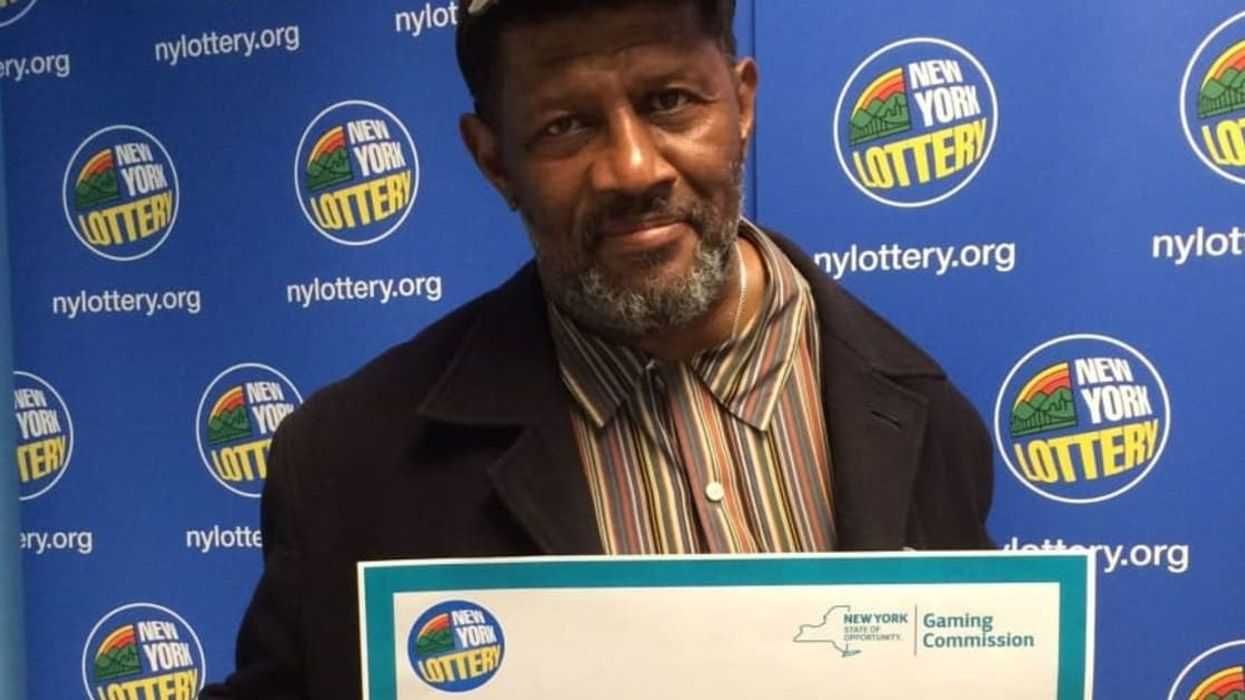In our A City Education series, two City Year corps members share their experiences working as tutors and mentors in schools in hopes of closing the achievement gap and ending the dropout crisis.
When I think about the meaning of teamwork, I look back on my middle school softball days. My team had one common goal: To win. If somebody struck out at the end of a game, we didn't consider it her fault we lost. We were a team and understood that every action any one of us made changed the game.
At City Year, our success depends on similar teamwork. Everything we do and say affects each other. My team at Markham Middle School presents a united front outside the classroom. And inside the classroom, our interactions with our partner teachers are just as important.
I've had an amazing year working with my partner English teacher. We're always on the same page; she trusts me to work with students outside of class, and watching her teach has prepared me to teach English in the future. We can't help but laugh together about the hilarious things our students say and do.
My teammate Angie also has a transparent relationship with her partner teacher, Ms. Blanks. Ms. Blanks treats her math classroom like it’s Angie’s and the students’ classroom too. She often says, "I learn from you, you learn from me. I respect you, you respect me."
Ms. Blanks doesn't treat Angle differently because she doesn’t have a teaching credential. But their roles in the classroom are different. Ms. Blanks teaches their students, and Angie, who is closer to their age, mentors them. The students feel comfortable telling Angie about things going on outside of class—at home, at lunch, after school, and with friends. If outside problems are affecting a student’s schooling, Angie tells Ms. Blanks and they step in together.
Likewise, if a student can't voice his frustration with Ms. Blanks, Angie can serve as his voice. The students can filter their feelings through Angie and she can articulate their words back to Ms. Blanks—a process that creates the perfect balance in the classroom.
Absences at Markham are common. When students come back to school, Angie can fill in for Ms. Blanks, who may not have time to go over a full lecture again. One of Angie's students, Leah, is frequently absent. Because Ms. Blanks had to move on to another subject, Angie worked with Leah one-on-one and even made the lesson more relevant to her. Angie knows that Leah’s mom spends a lot of money on their favorite activity—getting their hair and nails done. So Angie taught Leah about percentages by asking: "If you get braids for $150 and your hairdresser says, 'It's your birthday, so I'll give you 30 percent off', how much will it cost?"
Without each other, Ms. Blanks’ and Angie’s classroom wouldn't be the same. Their separate classroom roles and teamwork are essential for creating a healthy classroom dynamic and giving students the attention they deserve.
That makes school much like a softball game: If you strike out with student, your teachers and teammates are next up to bat to and can try to score. If you miss a ball being thrown your way, your teachers and teammates have your back and will catch it for you. This game is coming to an end because the school year is almost over, but corps members and teachers aren't giving up the fight to win a quality education for all students.
Photo courtesy of City Year Los Angeles
















 Otis knew before they did.
Otis knew before they did.